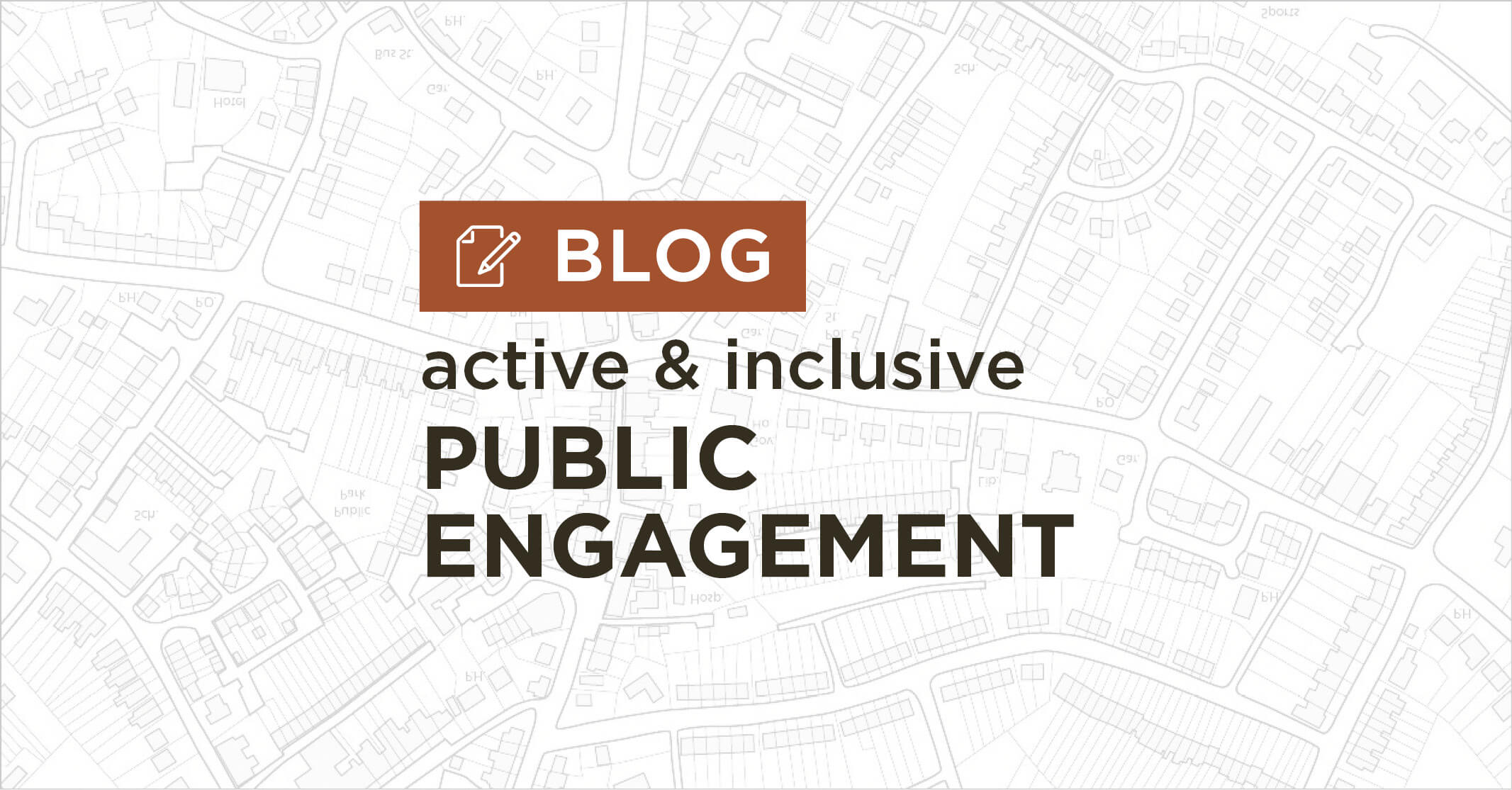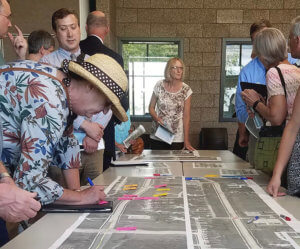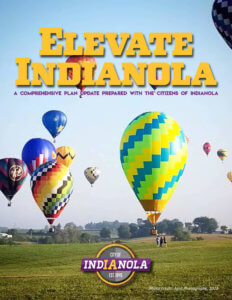Harnessing the Power of the People for Effective Public Engagement
Although the phrase “information superhighway” was coined nearly three decades ago, this vast network of unending data streams has only increased in the intervening years — with no signs of slowing down. Without a doubt, this daily bombardment of constant information has made it increasingly difficult to get the attention of others. Everyone is busy. People manage work, family, school, and a myriad number of other responsibilities.
How can we possibly take the time to volunteer for a focus group on a matter that greatly concerns us? Where do we find time to attend a public meeting on a school night? How do we decide what to pay attention to?
In the community planning world, these questions have made an effective public engagement plan a considerable challenge. Time and attention are limited resources, but at the same time, the need for quality public input has grown to become a key component of many civic planning efforts. From comprehensive plans and urban revitalization endeavors to infrastructure design and construction projects, active public engagement plays a critical role in successful planning work.
The team of planning and design professionals at Snyder & Associates understands this crucial dynamic all too well. Working at the forefront of public projects for several decades, we’ve fully embraced this shift for more active and inclusive public participation and have developed the tools necessary to reach the people in the most effective manner possible. Whether you need smart content created to help market a project or a knowledgeable and polished team to present at public meetings, we’re able to help you fashion the best approach for reaching your goals.
Our core strength, perhaps, lies in our commitment to our partnership with our clients. As true stewards of the community, our clients know their constituencies best. They know who the movers and shakers are, and they know which populations are underserved. As consultants, we possess the fundamental resources that allow us to act as a seamless extension of our client’s staff. Our goal is to help them leverage our knowledge of public engagement best practices and combine it with their knowledge of their communities. This strategy effectively fills in the public engagement gaps, so together we can perform the most appropriate public engagement process for the project at hand and achieve the best result for the community at large.
Unquestionably, our motives are personal. With twelve office locations in five states, the communities our team members serve are the same places we proudly call home. As a result, we’re able to better understand and address the challenges our clients face. For us, it’s about building long-term relationships with the people who place so much trust in us — knowing that we’ll not only do our best to address their needs but also the needs of all community stakeholders.
Critical Role of an Active Public Engagement Process
An effective public engagement strategy helps in the planning process in several ways — by increasing accountability and transparency, as well as acting as a vehicle to build trust and a mutual understanding. When determining the process for public engagement for any project, it’s important to understand the challenges you may face, the people you may encounter, and how much engagement is too much.
Many community leaders are often left asking themselves, “What is the appropriate approach to educate residents on the crucial elements of a project so they can provide constructive feedback that helps our decision-making process?” Or, “How can I reach our entire community when it seems like everyone is too busy to assist with our planning efforts?”
Through our extensive experience, we’ve found a large percentage of residents in most communities DO want to know what’s going on and, more importantly, would like to be part of the decision-making process. Many simply don’t know how they can participate. Oftentimes, certain factors play into people’s ability to attend typical public meetings or focus groups. These circumstances can encompass lack of childcare or transportation to the meeting location, communication barriers, or their work schedule conflicts with the meeting time. And some people are simply intimidated by a civic building setting or have a fear of speaking out in a public setting. Our job as planners and designers is to recognize the roadblocks that keep these citizens home and work to mitigate them.
Some groups may be harder to reach but they’re equally important in the decision-making process when decisions directly impact them. Additionally, these groups may have different perceptions of the community’s strengths and weaknesses and different priorities for improvement. Having a full understanding of the demographic helps to ensure you’re reaching everyone in the community in an equitable manner.
Certain public engagement efforts involve a steering or advisory committee to make decisions for the plan. A goal to consider when assembling this committee is to always attempt to reflect the unique demographics of your community. Since steering and advisory committees are typically fewer than 20 people, creating additional ad-hoc subcommittees that report to the primary committee is one way to ensure more demographics have adequate representation. Snyder & Associates has the tools to help assist in designing an appropriately sized public engagement process that has the capability of reaching audiences of varying sizes, up to and including your entire community.
Improvements in Consultative Engagement Approach & Technology Lead to Better Results
Government employees know all too well that public participation is a requirement for most projects in their communities. In years past, a widely adopted public involvement process looked something like this:
- A public information meeting is held where a government representative presents the project.
- Citizens in attendance ask questions and the representative answers those questions, and then the project moved forward.
In some instances, these informational meetings led to slight tweaks in the project to better meet the needs of those members of the public that attended the meeting — and were willing to speak up.
In recent years, however, communities are adopting (and expecting) a more robust process specifically tailored to each project. Technology has expanded exponentially, thus allowing communities to reach broader audiences and to gain additional feedback as they move through the development phases of their projects. Our team of planners has embraced these new tools that bring residents into the fold earlier in the project development process and involve:
- Marketing campaigns
- Consultative approach
- Involvement and collaboration efforts
Snyder & Associates prides itself on being on the cutting edge of new ideas and technology that have a positive impact on our work and our client communities. In our world, effective public engagement should always be tailored to your specific project and the demographic you’re trying to reach. And while no two public engagement campaigns will look the same, they should utilize established guidelines that promote the right approach for your project. Contact our planning and design professionals today. Let us help you explore how we can craft your next public engagement campaign.


